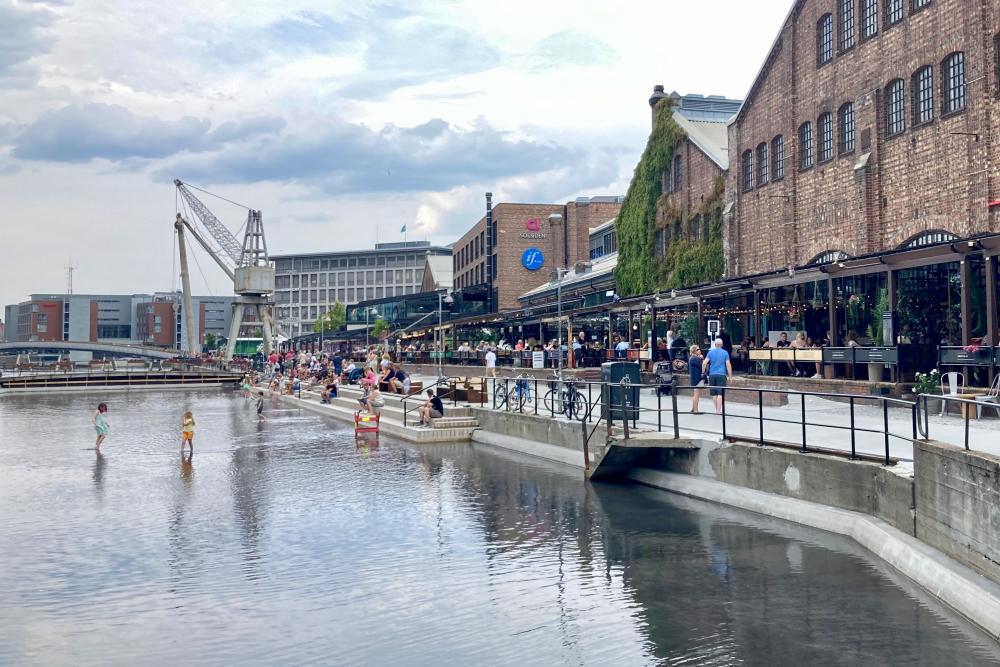Urban environments to increase health and well-being
Urban environments to increase health and well-being
Over half of the world's population live in urban areas, and population growth happens first and foremost in urban areas. The built environment in cities strongly influences our health, well-being, and way of life. Transforming and reshaping built environments affects our behaviour and possibilities in the city for years ahead. Urban environments that support sustainable lifestyles encourage people to walk, meet and interact, and thus be physically and socially active.
One of the most pressing concerns for life in the city is health-related issues such as social isolation and loneliness, inactivity, and obesity. Urban public spaces that encourage walking and social activities can promote healthy and sustainable urban lifestyles. This research project investigates the role of the built urban environment in supporting healthy, sustainable urban lifestyles. In the context of two PhD projects, the role of public spaces for 1. walking and 2. social interactions are studied.
1. Experiencing the city on foot
How does a pedestrian experience the city during a walk? And how does the urban environment affect the emotional experience and the feeling of time? By bringing together the disciplines of urban planning and architecture with knowledge from environmental psychology, physiology, and neuroscience, the project investigates how people experience the city as pedestrians.
The research seeks to understand how the urban environment affects pedestrians' emotions, cognitive load, and time perception. Methods from the human-related disciplines help understand pedestrians' emotional responses and contribute to evidence-based design in urban design and architecture. The research is part of EASIER, a European research project dealing with sustainable urban transportation.
2. Social interactions in public space
The PhD project focuses on social life in outdoor public spaces in Nordic city neighbourhoods. The project will explore how urban environments enable and encourage social interactions in urban public spaces. Poorly designed buildings, streets, and urban spaces can hamper and reduce the possibilities for social interactions between people and their surroundings.
Participation in meaningful encounters and interactions in public spaces in neighbourhoods can be of importance to fight loneliness and social isolation. This research project investigates how transformations and interventions in public space can help increase interactions and support social activities. The research explores the potential of public space transformations to promote social and healthy lifestyles outdoors and at the same time facilitate citizen participation and neighbourhood initiatives.

